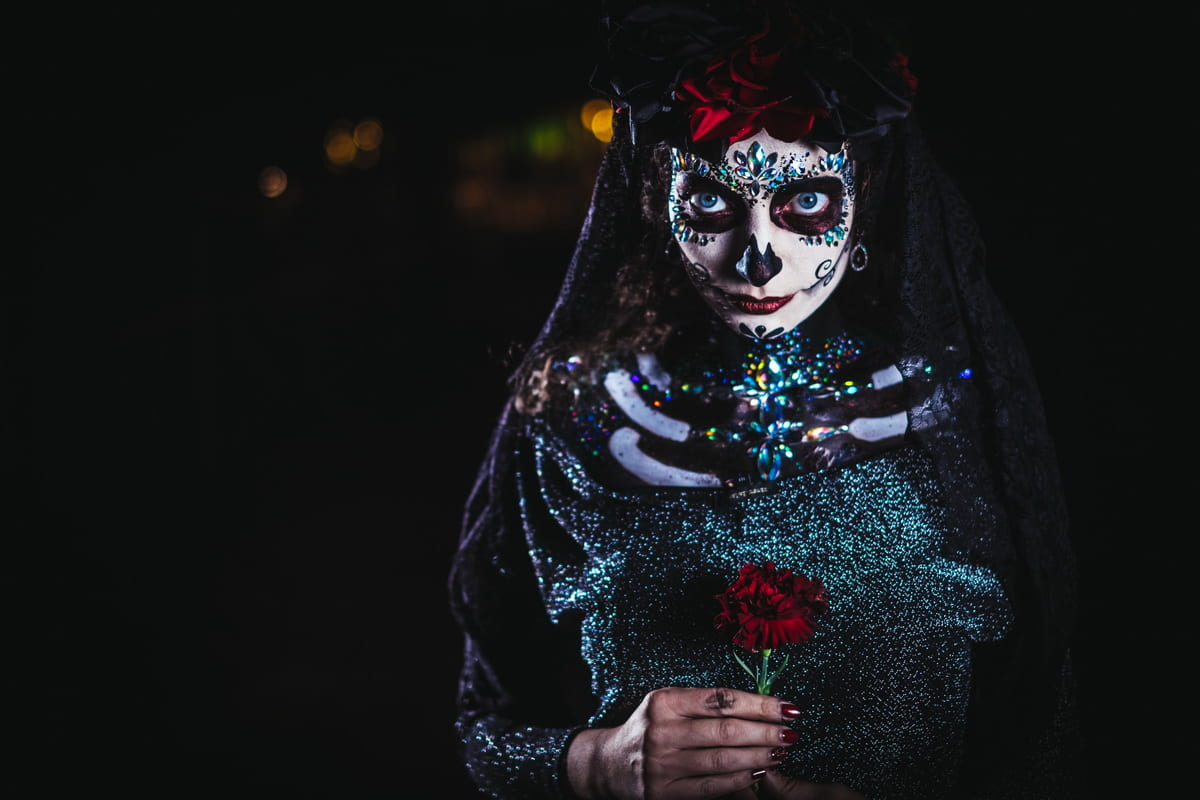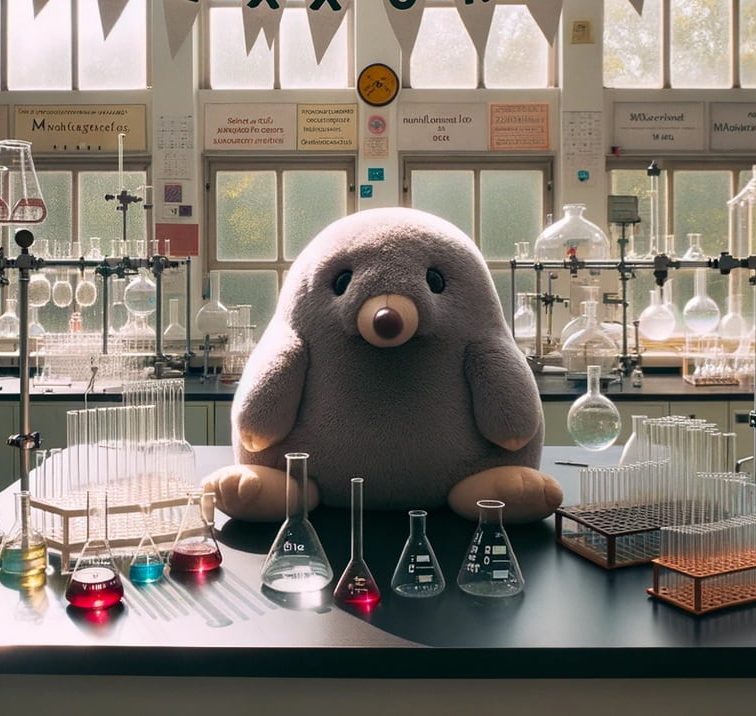Dive into the heart of November when the veil thins and Mexico bursts into the riotous colors of the Day of the Dead. From the Aztec legacy over 3000 years old to the present-day UNESCO recognition, this celebration defies the somber tones of mourning.
On November 1st and 2nd, streets come alive as families gather, cemeteries bloom with festivities, and spirits are believed to return home. Here, marigolds bridge the living and the departed, sugar skulls grin with sweet defiance, and every painted face tells a story of life’s cyclical dance.
Join us as we unearth 25 fun facts about Day of the Dead – a vibrant testament to memory, heritage, and the joyous defiance of the end.
1. Origins in Aztec Traditions
The Day of the Dead’s roots can be traced back over 3000 years to the Aztec festival dedicated to the goddess Mictecacihuatl, known as the “Lady of the Dead”. Historians peg this celebration to the ninth month of the Aztec solar calendar, approximately the beginning of August, and it lasted for an entire month. The festivities were presided over by figures of the deceased, adorned with traditional attires, signifying the Aztec’s deep respect for the cyclic nature of life.
This blending of pre-Columbian and Catholic traditions under Spanish influence shaped the modern Day of the Dead, a testament to Mexico’s syncretic cultural evolution. By bringing to light this fact, we see a festival not born out of conquest but of cultural resilience.
2. A UNESCO Intangible Heritage
The Day of the Dead was proclaimed a masterpiece of the Oral and Intangible Heritage of Humanity by UNESCO in 2003. This distinction spotlights the festival as a crucial cultural artery, pulsating with communal identity and memory. The practice involves families gathering to pray for and remember friends and family members who have died, assisting them on their spiritual journey.
In a world that often forgets, this interesting fact reminds us of the power of collective memory and cultural preservation. It’s not just a holiday; it’s a humanity-wide testament to the reverence of ancestors, recognized universally for its deep cultural significance.
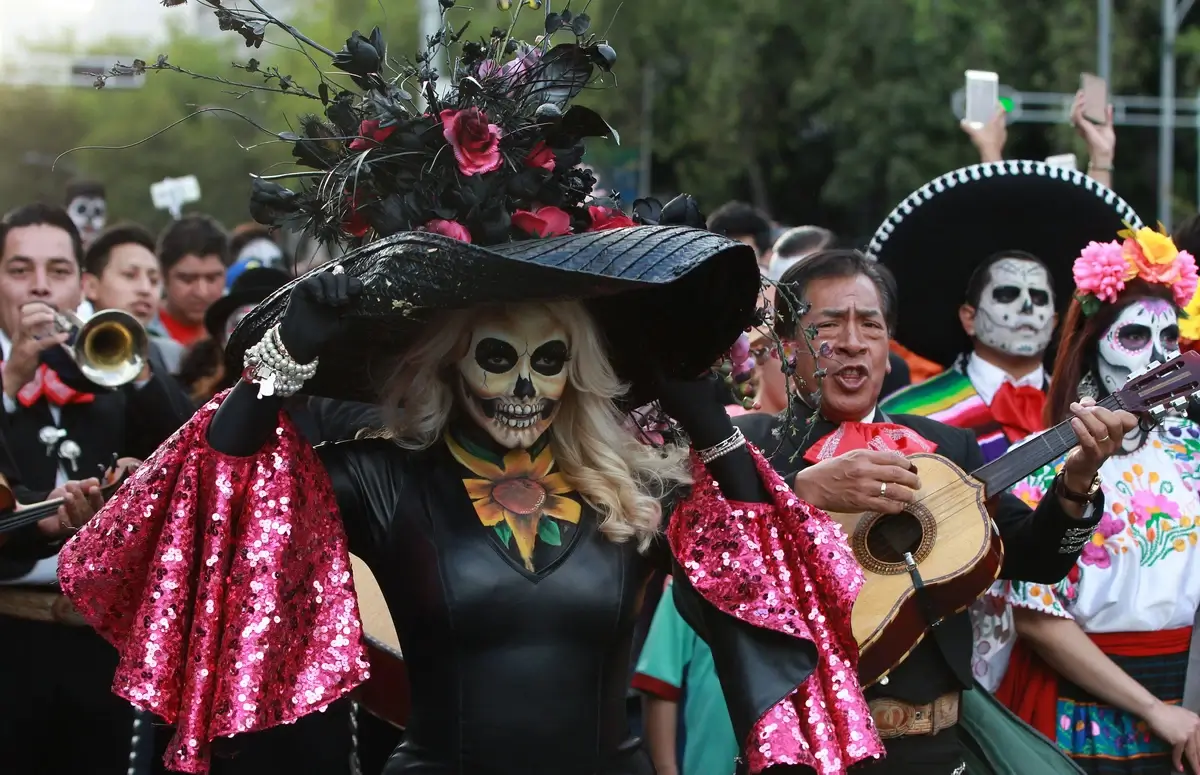
Image: noktaelektronik.net
3. The Symbolism of Marigolds
The use of marigolds, or “cempasúchil,” during the Day of the Dead, dates back to the Aztec era when the flowers were believed to hold the sun’s energy, leading souls back to the earth for their annual visit. Today, these marigolds are integral to the festivities, often adorning altars and graves. The flower’s name derives from the Nahuatl language, where “cempohualxochitl” means “twenty flowers,” a nod to the Aztec’s veneration for the number twenty, which symbolized totality in their calendar.
This fun fact illustrates a vivid connection between an ancient culture’s cosmology and a modern-day celebration, where flowers bridge worlds, honoring life’s ephemeral beauty.
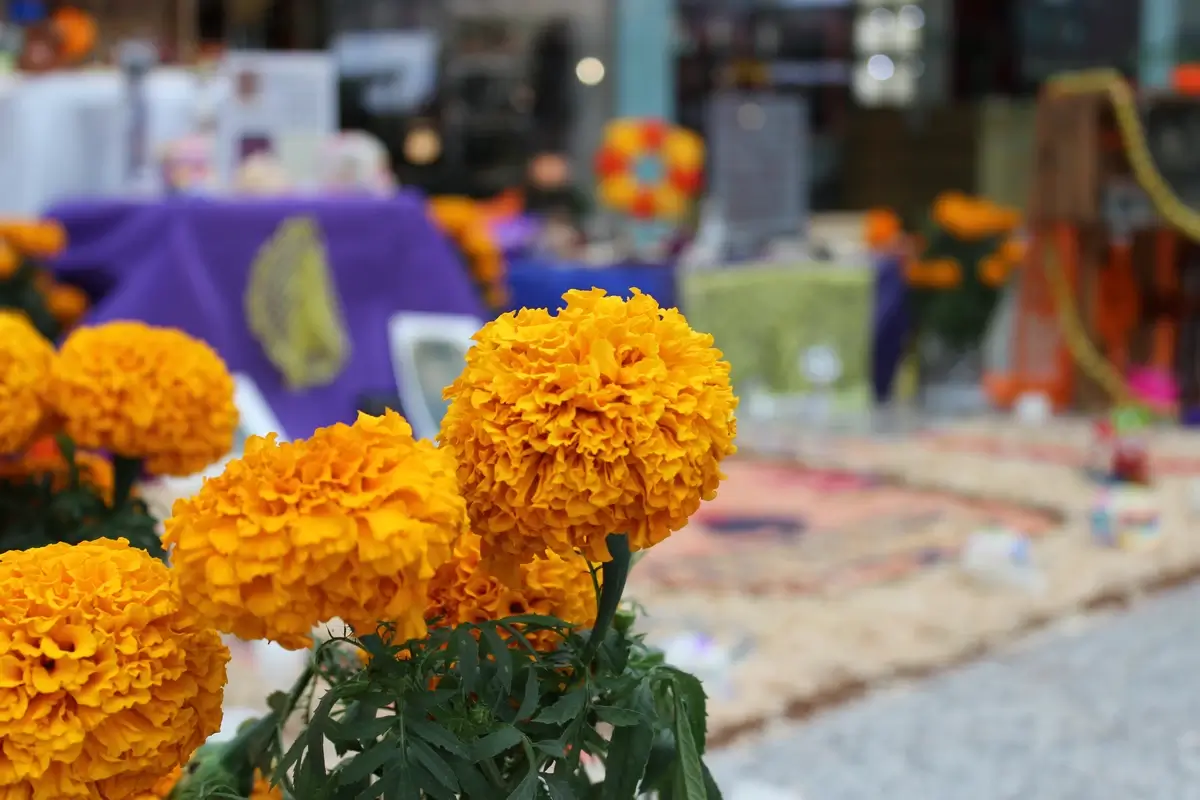
Image: Wikimedia Commons
4. The Unique Sand Tapestries
Sand tapestries, or “tapetes de arena”, are one of the most breathtaking visuals during the Day of the Dead. Crafted meticulously by hand, these ephemeral artworks are made from colored sand, sawdust, and often rice and flower petals. They depict religious and cultural themes associated with the afterlife. The tradition, believed to have originated in Oaxaca, has artisans often spending hours or even days, creating these intricate masterpieces as part of their ofrendas or offerings to the deceased.
This fact not only showcases the artistic dedication of the Mexican people but also reflects their deep-seated belief in life after death. The transient nature of the materials symbolizes the fleeting nature of life, underscoring the core theme of the festival.
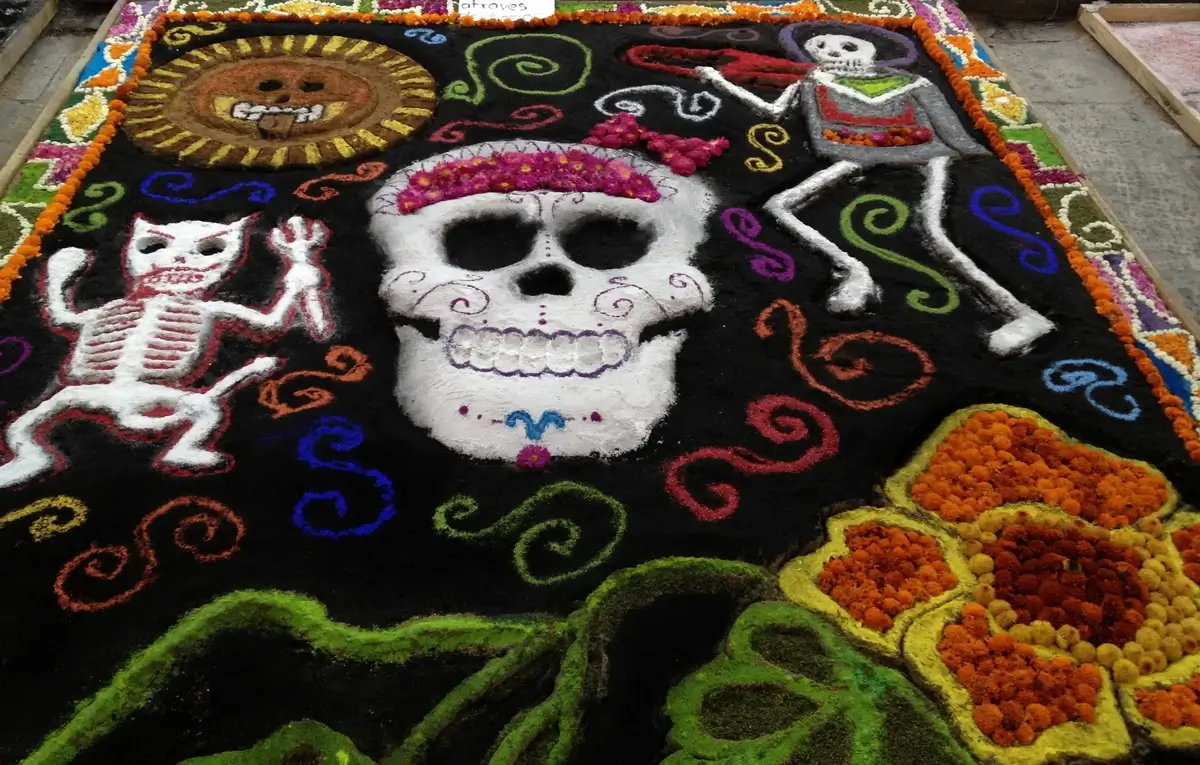
Image: shewhodaresnothing.com
5. La Calavera Catrina: An Iconic Image
La Calavera Catrina, with her elegant hat and enigmatic smile, has become an unmistakable symbol of the Day of the Dead. Created by illustrator José Guadalupe Posada in the early 20th century, Catrina is a satirical portrayal of Mexicans who aspired to European aristocratic traditions during the post-revolution era. Her image was popularized by muralist Diego Rivera, who featured her in his famous work “Dream of a Sunday Afternoon in Alameda Park.”
Today, Catrina represents the democratic nature of death, showing that regardless of status, the end is the same for all. She encapsulates the playful spirit of the holiday, where death is faced with humor rather than fear.
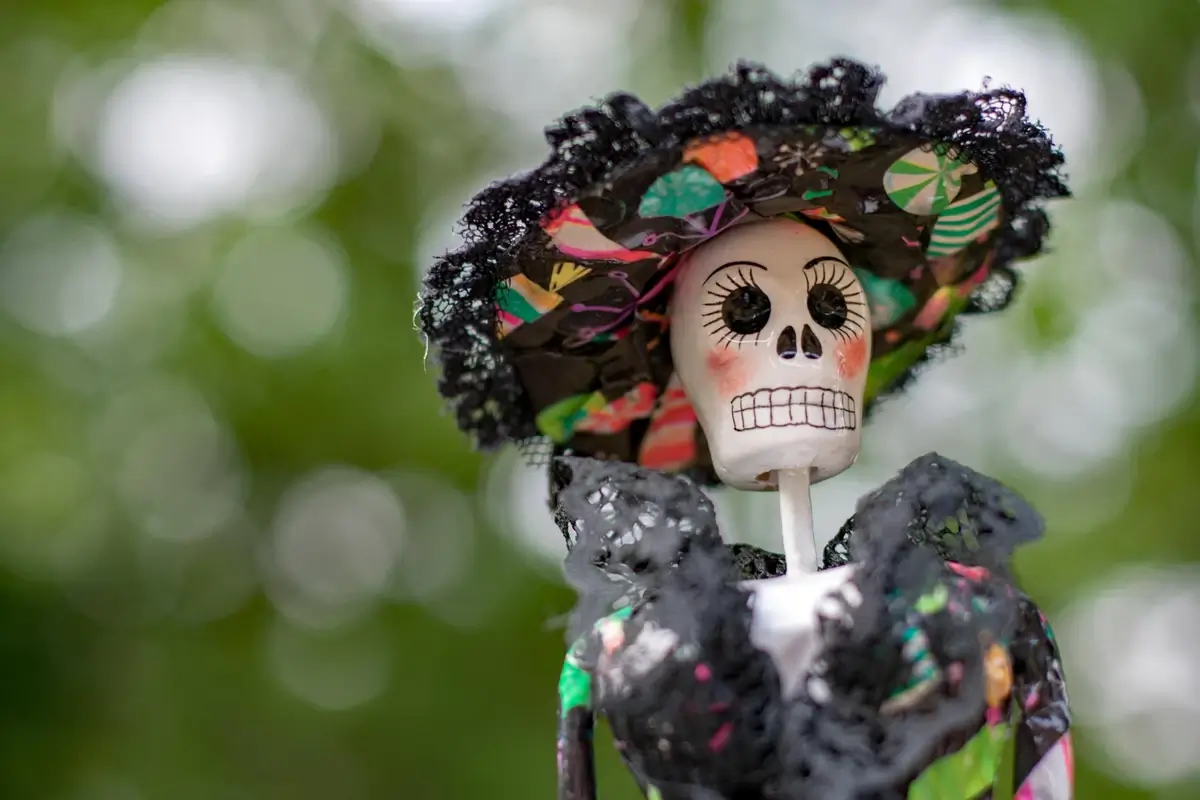
Image: nationalgeographic.co.uk
6. Day of the Dead vs. Halloween
Contrary to popular belief, the Day of the Dead is not the “Mexican Halloween.” While both celebrations occur around the same time and share themes of death and the afterlife, they have vastly different origins and practices. Halloween, with its roots in ancient Celtic festivals like Samhain, is largely about warding off harmful spirits. In contrast, the Day of the Dead is a warm welcome for the souls of the departed, filled with joy and remembrance.
The confusion often arises due to the proximity on the calendar—Halloween on October 31st, followed by the Day of the Dead on November 1st and 2nd. However, this interesting fact highlights the distinct nature of the two holidays: one steeped in spectacle and the supernatural, the other in cultural reverence and celebration.
7. The Rituals of Building Ofrendas
Ofrendas, or altars, are the heart of the Day of the Dead celebration, built in homes and cemeteries to honor the souls of the departed. These are not mere decorations but symbolic structures laden with offerings like water, food, family photos, and candles. Each level of the ofrenda has its significance, often with three tiers representing the underworld, earth, and heaven.
The careful arrangement of the ofrenda is a ritual that involves the whole family and is a profound expression of love and respect for ancestors. The preparation is guided by the belief that happy spirits will provide protection, good luck, and wisdom to their families.
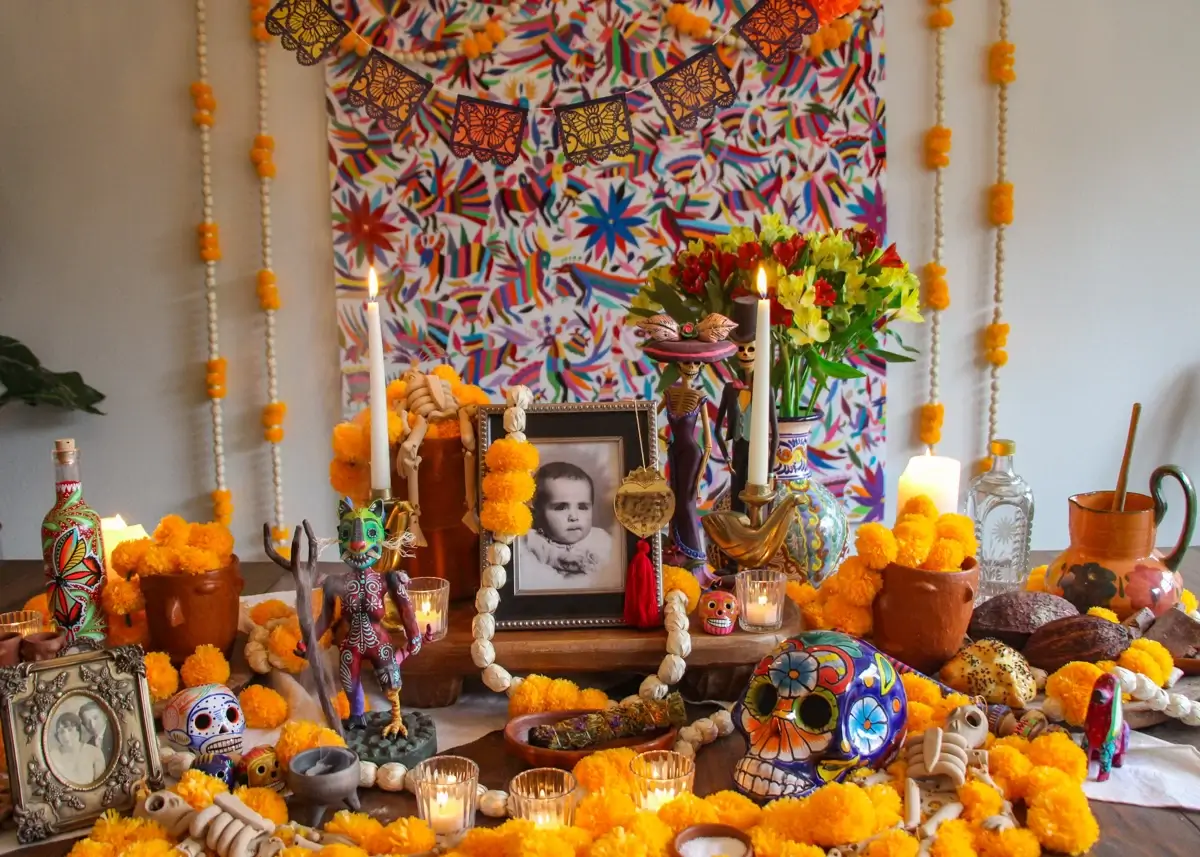
Image: lolascocina.com
8. Pan de Muerto: Bread of the Dead
Pan de Muerto, or Bread of the Dead, is a culinary cornerstone of Day of the Dead festivities. This sweet bread holds a special place at the ofrendas, embodying the respect for those who have passed. Often adorned with bone-shaped pieces and sprinkled with sugar, its circular shape represents the cycle of life. The treat varies from region to region, with some adding anise seeds or orange blossom water for flavor.
This staple not only nourishes the living during the celebration but also symbolizes the provision for the souls. It’s a tasty fact that intertwines the love for food with the profound Mexican tradition of honoring the dead.
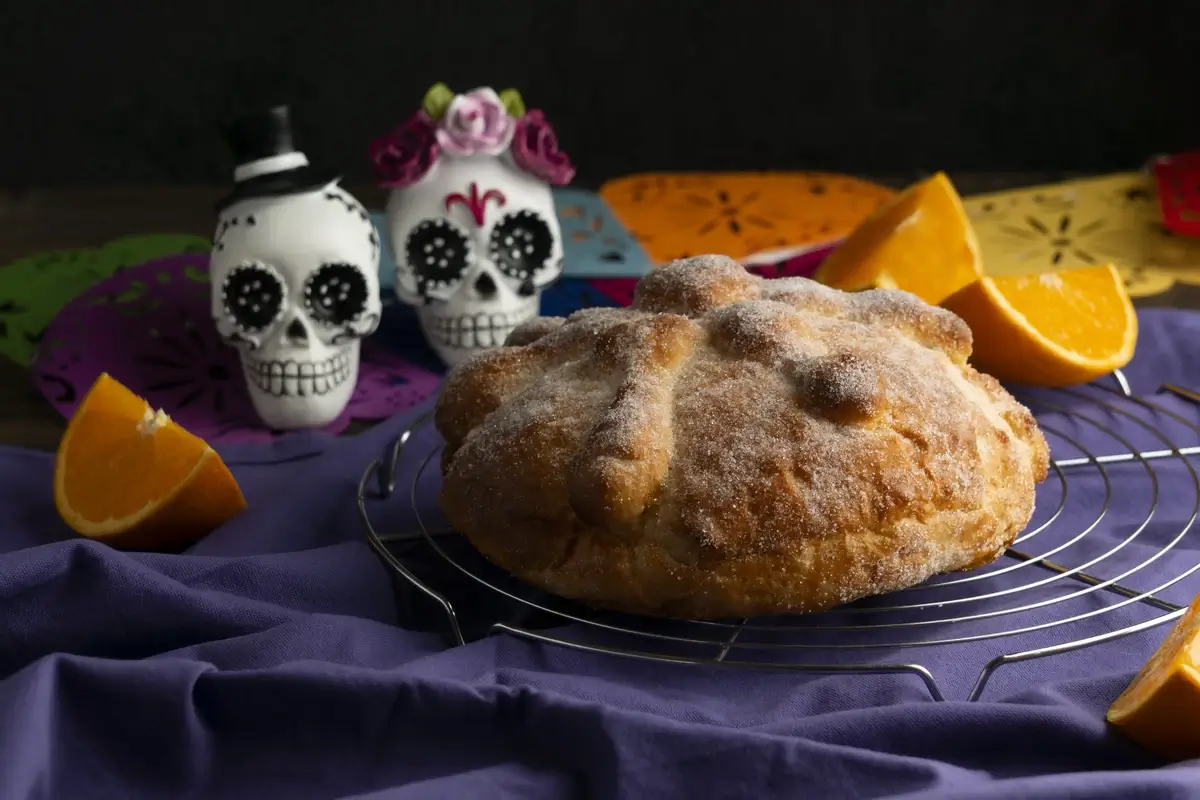
Image by Freepik
9. Celebration Through Music and Dance
Music and dance are the pulsing heartbeat of the Day of the Dead, with each beat and step breathing life into the connection between the living and the dead. Mariachi bands play lively tunes at cemeteries, while folk dances, such as the “Danza de los Viejitos”, are performed by dancers in whimsical costumes, symbolizing the joy after death and the mocking of the old age.
The soundscape of this festival is as varied as its regions, from the somber notes of a lone guitar to the vibrant ensembles at street festivals. This interesting fact highlights the dynamic expression of grief and celebration through rhythm and movement.
10. The Role of La Llorona
La Llorona, the Weeping Woman, is a legendary figure woven into the tapestry of Day of the Dead folklore. According to myth, she roams waterfront areas mourning her drowned children. During the festival, her story is retold in plays and processions, where performers dress as the wailing spirit, evoking both sorrow and fear.
Her tale serves as a cautionary legend about love and loss, and during the festivities, it’s a reminder of the somber aspects of death. La Llorona’s inclusion in Day of the Dead celebrations is a fact that enriches the holiday’s narrative, adding depth to the understanding of life’s fragility.
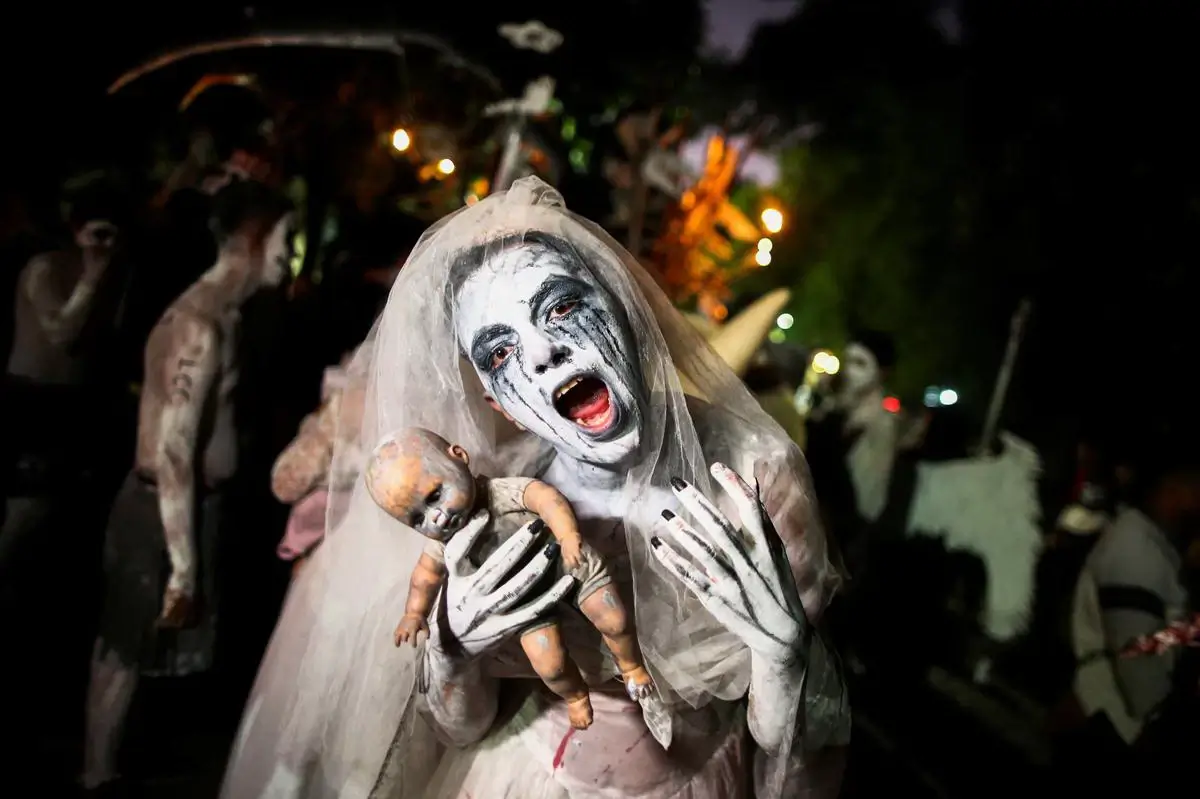
Image: reuters.com
11. Butterflies: Spirits of the Departed
The migration of monarch butterflies to Mexico coincides with the Day of the Dead, leading to the enchanting belief that these butterflies are the returning souls of ancestors. This natural phenomenon adds a layer of wonder to the celebration, as the butterflies’ arrival transforms the skies into a fluttering canvas of orange and black.
This fact is not just a marvel of nature but also a powerful symbol of resurrection and hope within the festival. The belief that these delicate creatures carry the spirits of the departed is a poignant reminder of the enduring bond between the natural world and human spirituality.
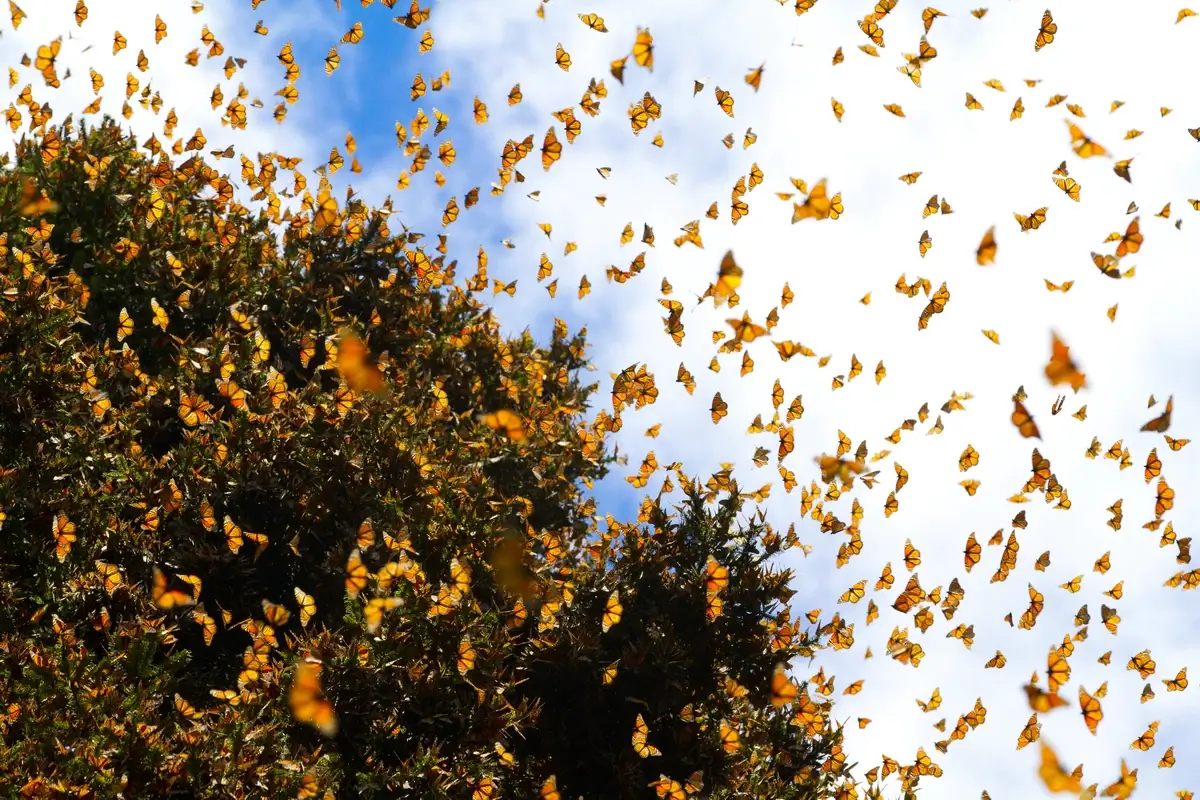
Image: wwflac.awsassets.panda.org
12. Sugar Skulls: Sweet Art of Remembrance
Sugar skulls, or “calaveras de azúcar”, are not just confections; they are vibrant emblems of the Day of the Dead. Crafted from granulated white sugar, these edible skulls are often decorated with colorful icing, foil, and feathers, personalized with the names of the deceased on the forehead. The tradition of making sugar skulls is said to have been adopted due to the affordability of sugar during the colonial period in Mexico.
This fun fact about the Day of the Dead shows the confluence of artistry and affection, as these sweet skulls serve both as offerings to the departed and as a reflection on the ephemeral sweetness of life.
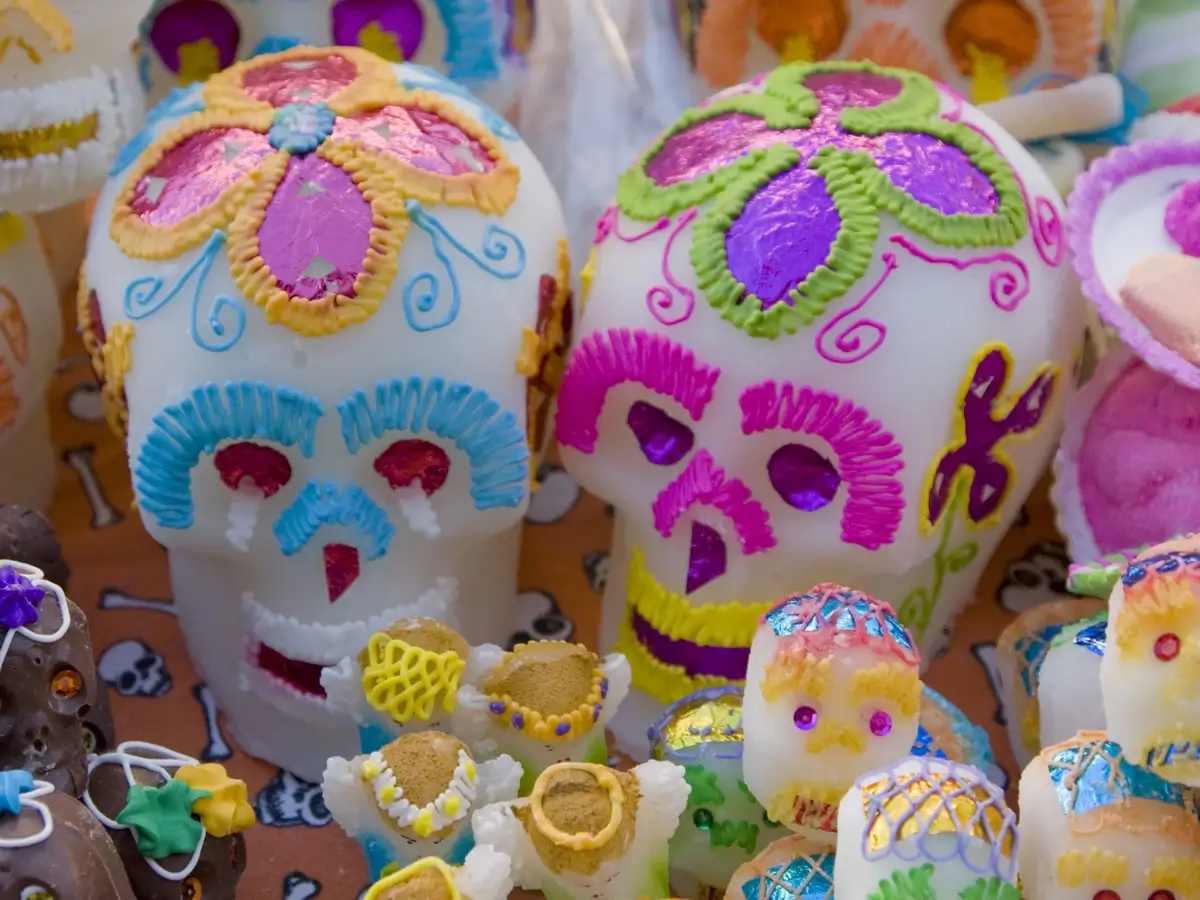
Image: thespruceeats.com
13. Famous Gravesites Visited
During the Day of the Dead, it’s common for people to visit and decorate the graves of famous individuals, turning cemeteries into hubs of reverence and celebration. The graves of notable artists, musicians, and writers become particularly popular, such as the gravesite of Frida Kahlo, adorned with vibrant marigolds, ribbons, and heartfelt ofrendas.
This pilgrimage to pay respects is a fact that highlights the collective acknowledgment of cultural icons and the lasting impact they’ve made on society. It’s a moment where the fame fades into a shared human experience of honoring and remembering.
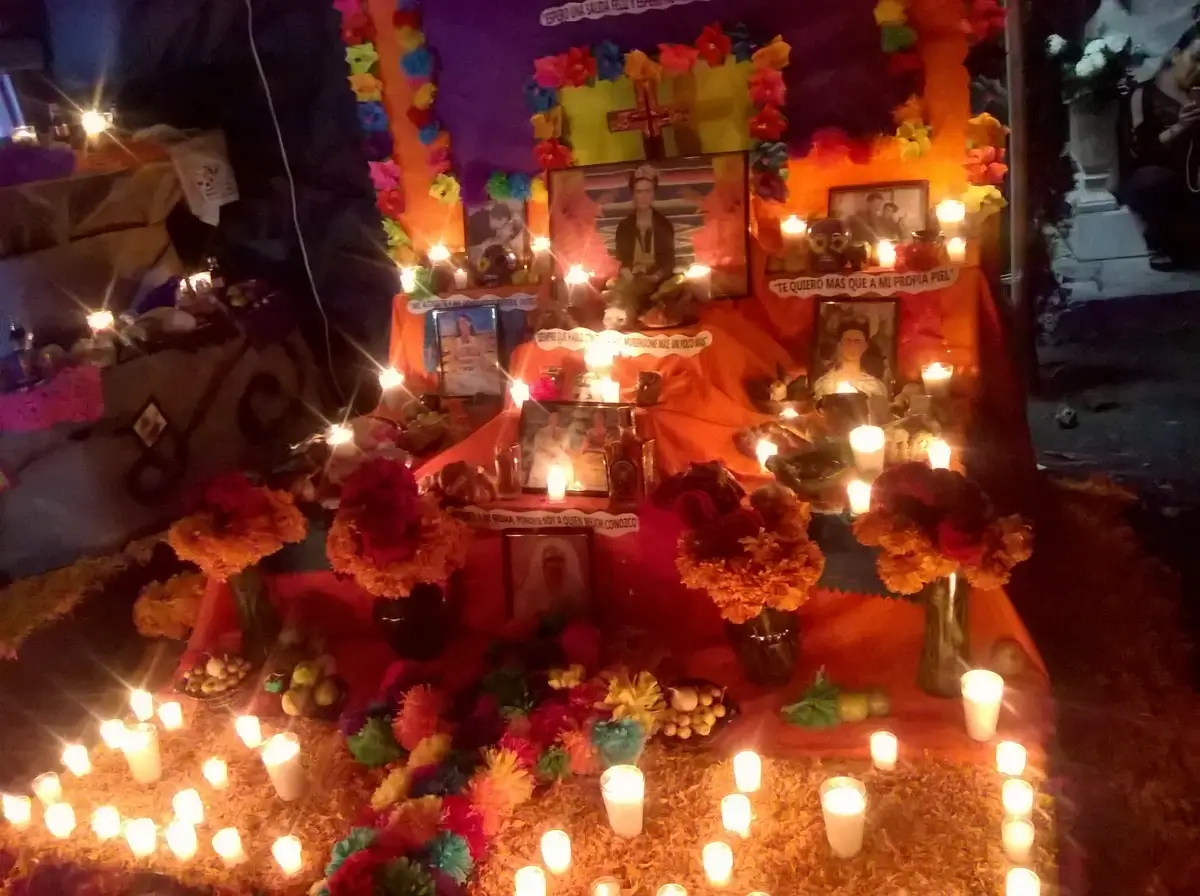
Image: Wikimedia Commons
14. Copal Incense: The Scent of Spirits
During the Day of the Dead, the burning of copal incense is a significant ritual. This ancient practice dates back to the times of the Maya and the Aztecs, who used copal as an offering to the gods. Today, families light this resin to cleanse the home and create a pathway for the spirits with its sacred smoke. It’s believed that the distinctive, aromatic scent helps guide the souls back to the world of the living, ensuring they can find their way to the ofrendas prepared in their honor.
This tradition of burning copal is deeply entwined with the spiritual aspects of the festival. It’s a rich sensory experience that ties the present to the past, reminding us that the Day of the Dead is not only a visual and emotional celebration but also one that engages all the senses, bridging the gap between the earthly and the divine.
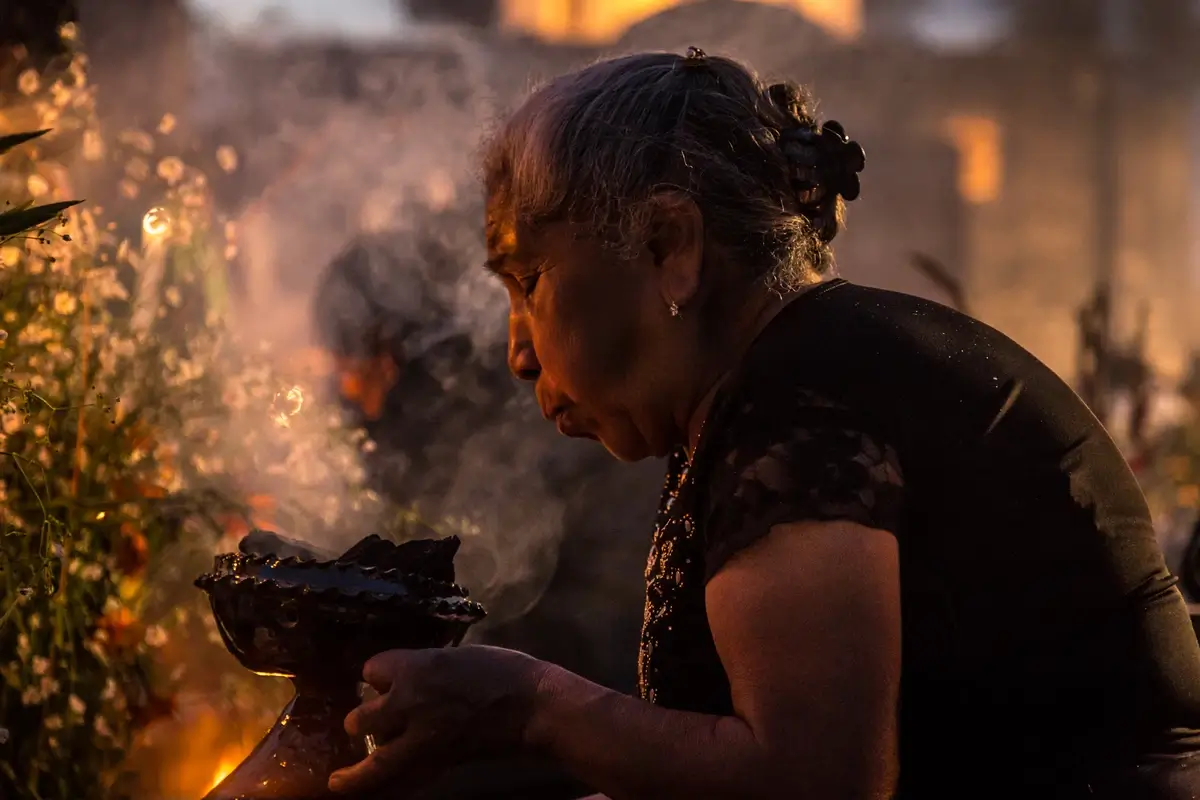
Image: worldsensorium.com
15. Cemeteries: Night of Celebration
The Day of the Dead transforms cemeteries from solemn spaces into festive arenas where life is celebrated as much as death is commemorated. On this night, families gather around gravesites, not in mourning but in celebration, often staying overnight to share meals, play music, and exchange stories. The atmosphere is one of joyous reunion, lit by candles and adorned with ofrendas.
This interesting fact about the Day of the Dead underscores the unique perspective on death that characterizes the holiday: it’s not an end but a continuation of community and connection beyond the physical realm.
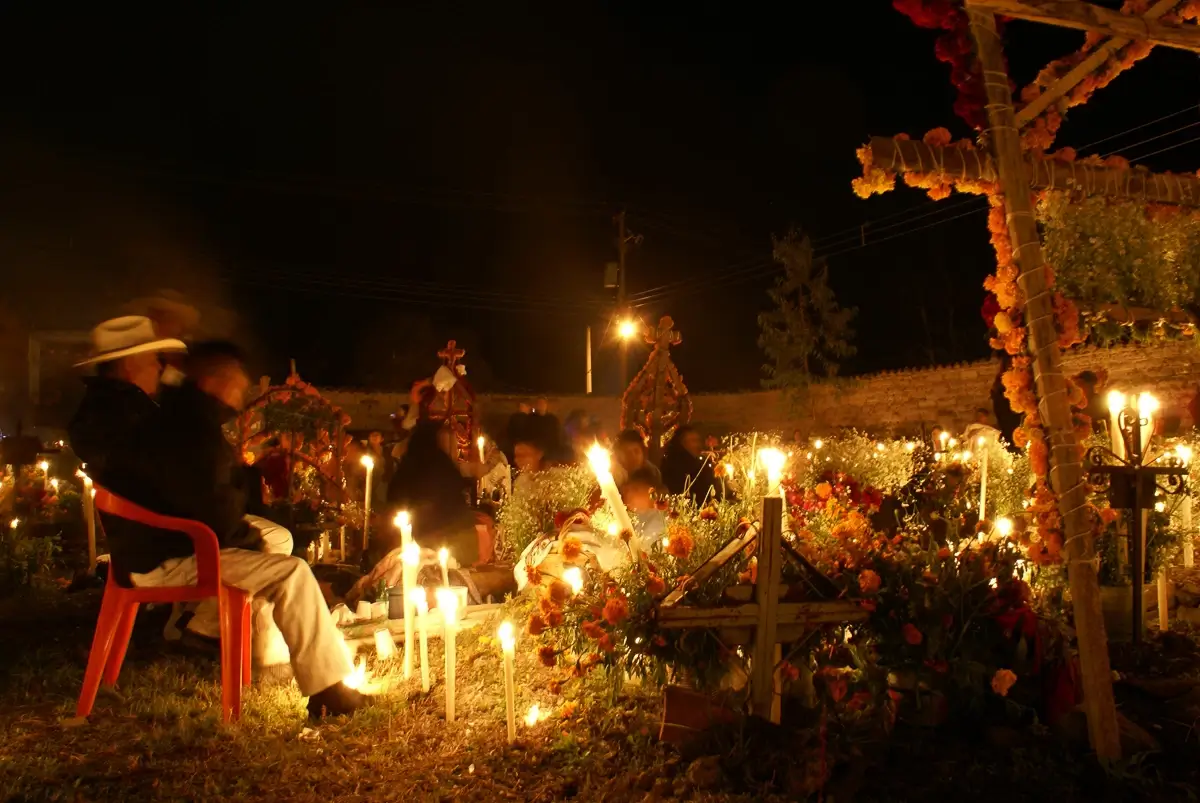
Image: alimentarium.org
16. Children’s Spirits: The Little Angels
“Los Angelitos,” or the little angels, represent the souls of children who have passed away, and their return is celebrated on November 1st, known as “Día de los Inocentes” (Day of the Innocents). Families create smaller, more whimsical ofrendas with toys, candies, and bright balloons to welcome the child spirits before the adults are honored on November 2nd.
This fact emphasizes the Day of the Dead’s tender aspect, a comforting notion that the youngest souls are not forgotten but celebrated with the utmost affection. It’s a poignant reflection of the Mexican culture’s approach to death, where even the youngest are remembered with joy rather than sorrow.
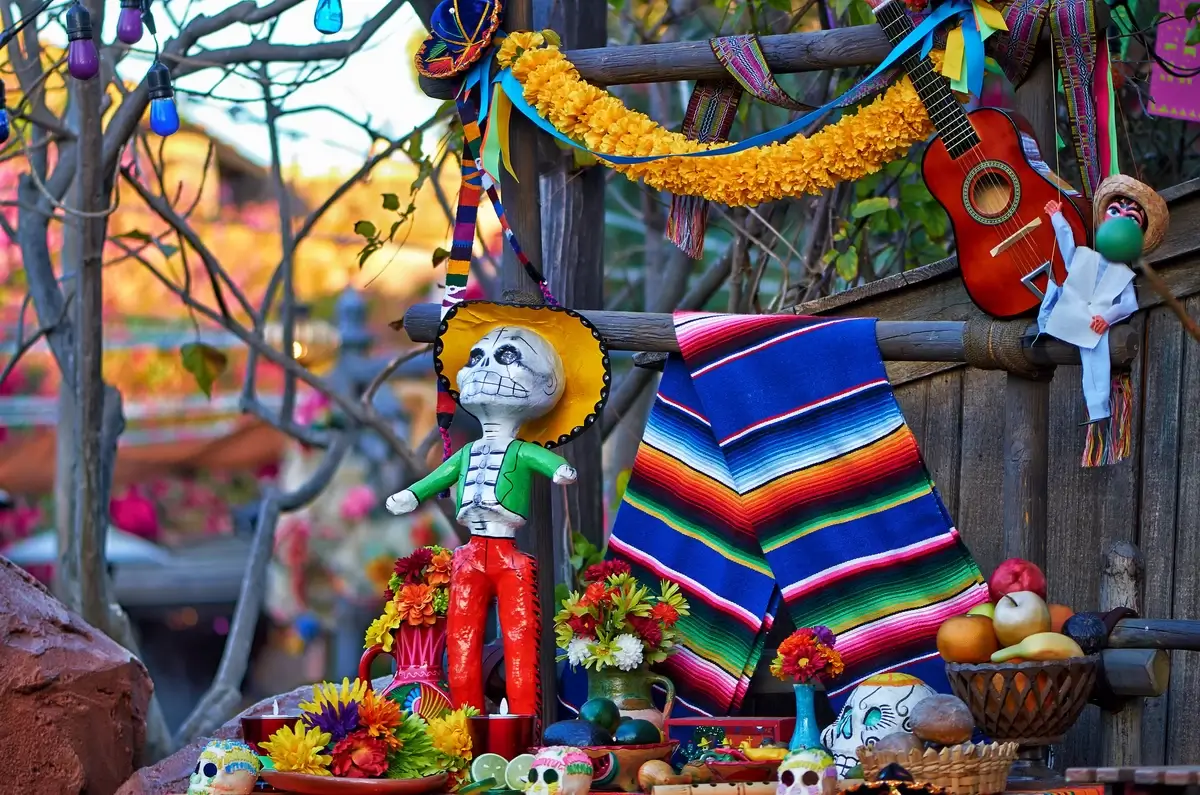
Flickr
17. Day of the Dead in Popular Culture
The Day of the Dead has transcended Mexican borders and entered global consciousness, thanks in part to popular culture. Films like “Coco” and the James Bond movie “Spectre” have brought vivid portrayals of the celebration to international audiences. These representations have sparked interest in the festival’s rich traditions and have led to an increased appreciation for its depth and meaning.
This interesting fact not only speaks to the holiday’s cinematic appeal but also to its cultural significance, inspiring people worldwide to learn more about and even participate in this unique celebration of life and death.
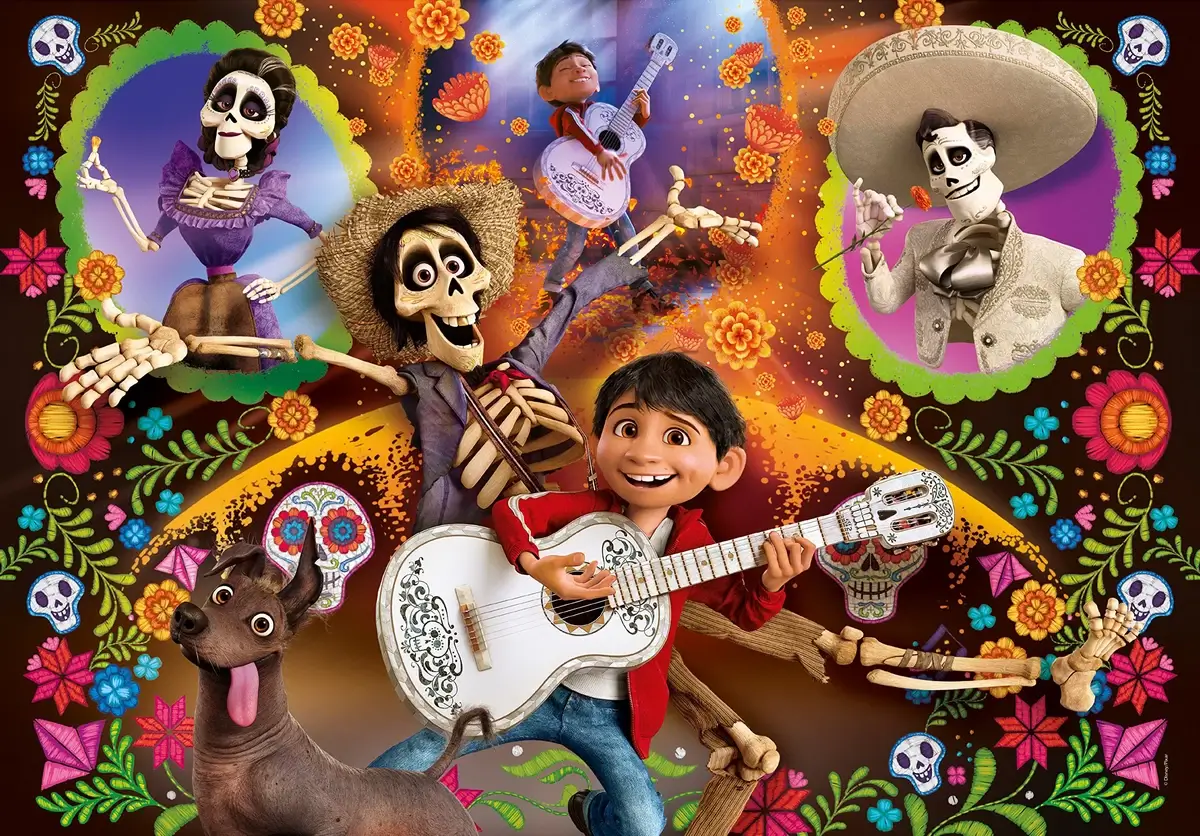
Image: mamaibeba.rs
18. Papel Picado: Delicate Craftsmanship
Papel picado, which means ‘pecked paper’, is a traditional Mexican craft that features intricately cut tissue paper banners. These delicate artworks are hung during the Day of the Dead to represent the wind and the fragility of life. The art of creating papel picado is precise and time-honored, often depicting skeletons, flowers, and other motifs related to the holiday.
The importance of papel picado in the Day of the Dead is a fact that reflects the deep-seated appreciation for handcrafted art in Mexican culture, adding a layer of beauty and symbolism to the festivities.
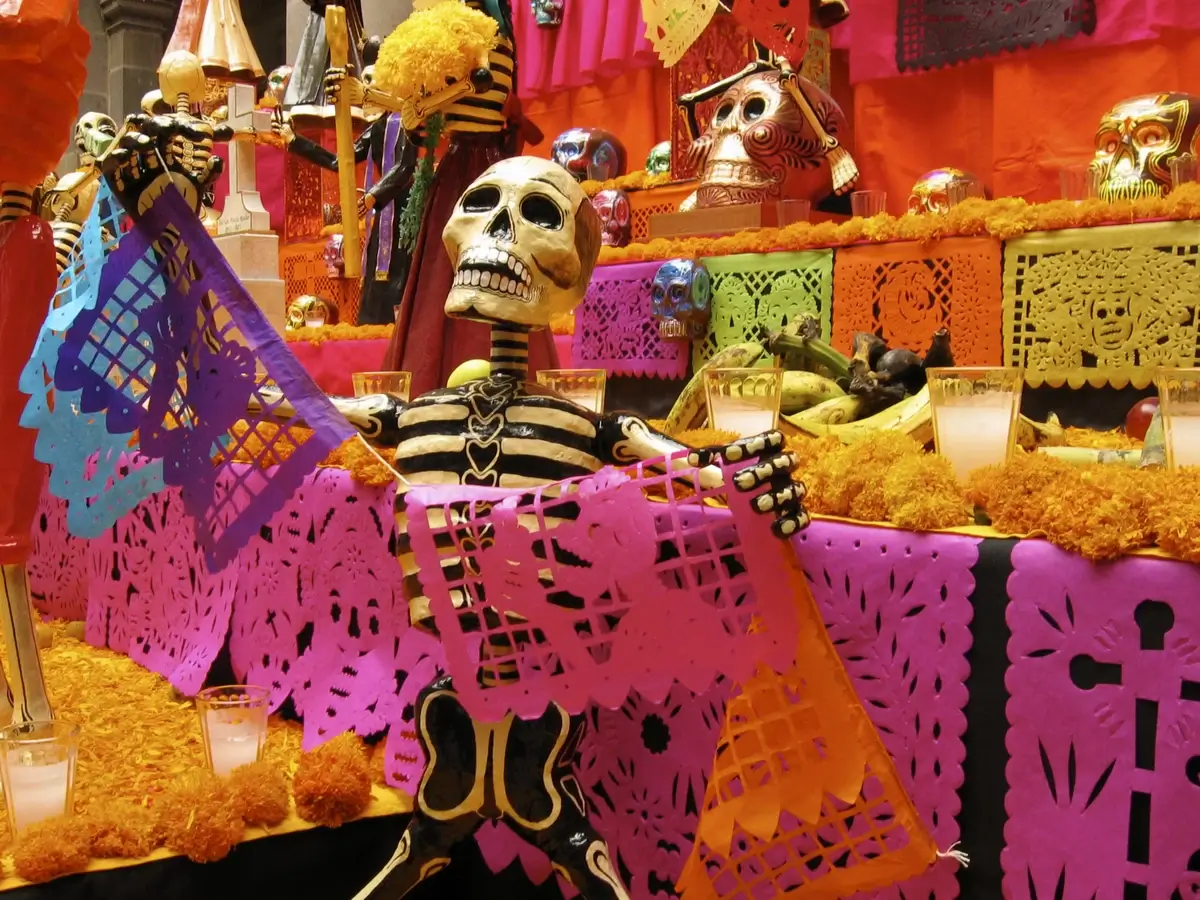
Image: mavink.com
19. Cuisine for the Souls
During the Day of the Dead, the cuisine is not just for the living but is prepared with the returning souls in mind. Families cook the favorite dishes of their deceased loved ones, which could range from mole to tamales, and place them on the ofrendas. This act of preparing and offering food is believed to provide nourishment to the spirits on their journey.
This fact showcases the holiday’s culinary side, a flavorful testament to the notion that love and memory can be infused in the foods we share. It’s a gesture that feeds both the body and the soul, embodying the Mexican spirit of community and remembrance.
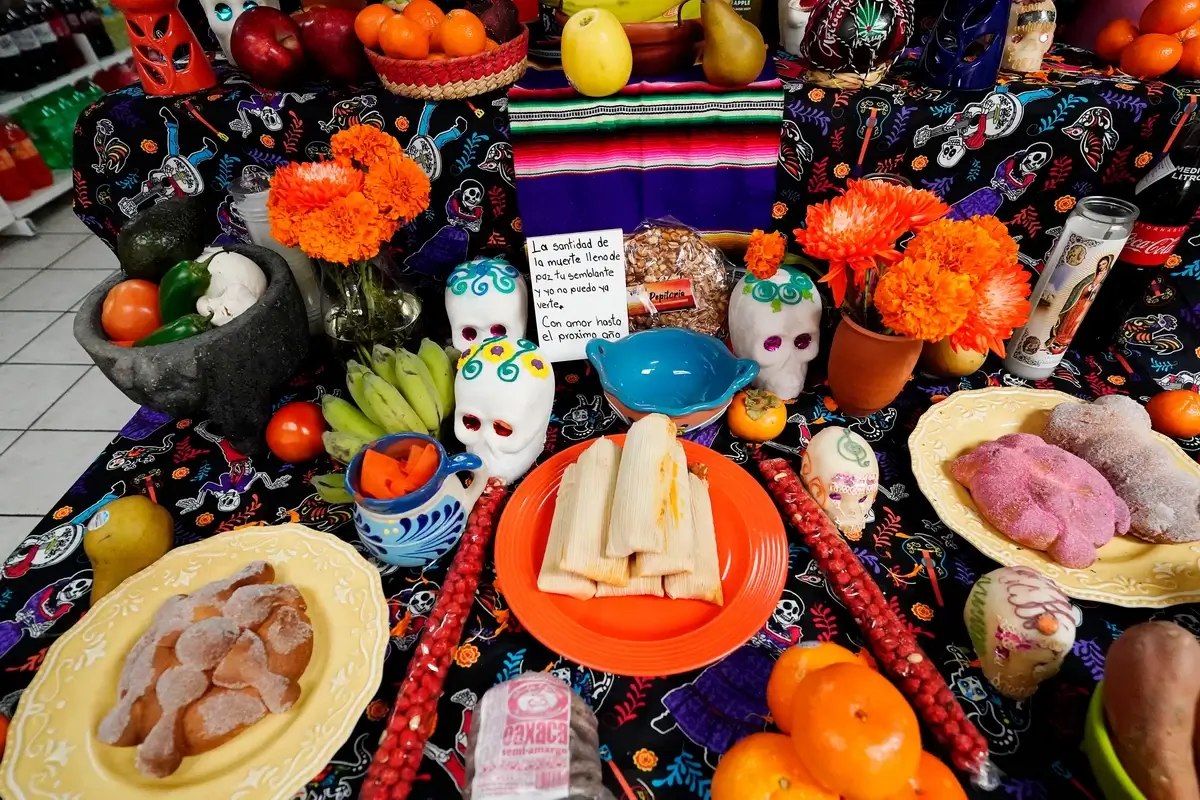
Image: azcentral.com
20. Folk Art: Expressions of Life and Death
Folk art during the Day of the Dead is a vivid tapestry of cultural expression, where artisans pour their reflections on life and mortality into their crafts. Alebrijes, fantastical creatures painted in bright colors, and calacas, figures of skeletons doing everyday activities, are prominent. These pieces often carry a humorous touch, portraying the dead engaging in the lively antics of the living.
This interesting fact about the Day of the Dead highlights the role of art in processing and expressing views on existence. It’s a creative affirmation that death is a natural part of life’s rich pageant.
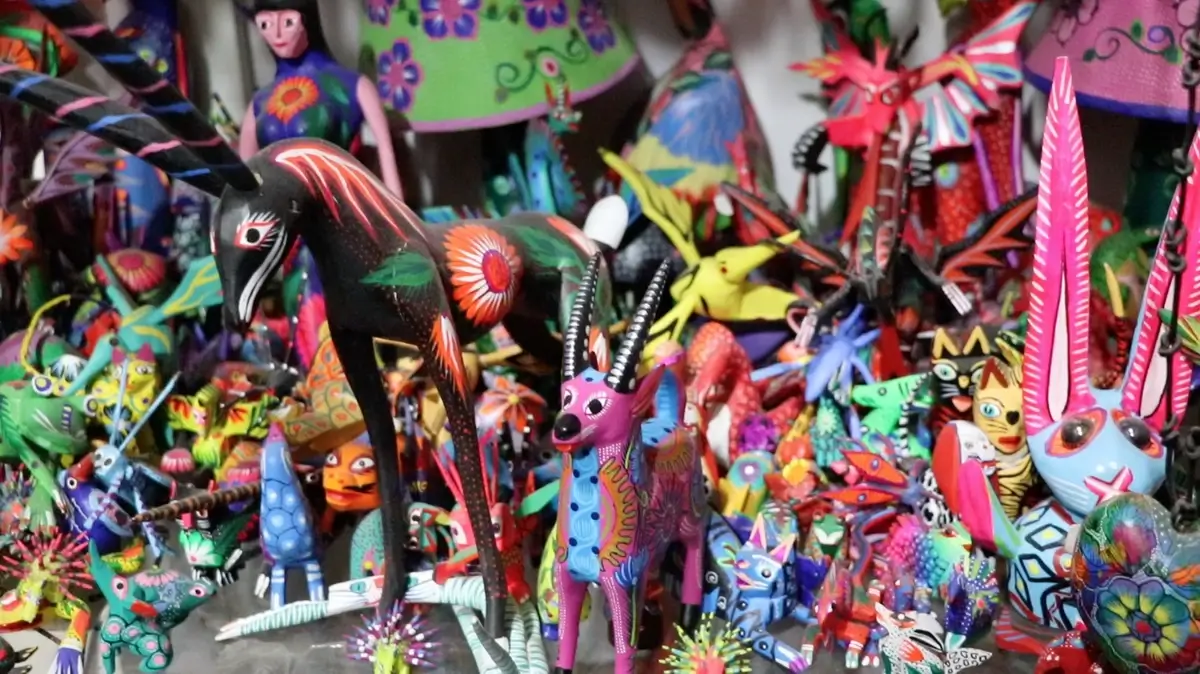
Image: ksat.com
21. Traditional Attires and Face Paints
During the Day of the Dead, the living often don ornate costumes and face paint, especially the iconic “calavera” or skull makeup. These traditional attires and face paints are not meant to scare but to celebrate and emulate the dead, creating a connection with those who have passed. The practice also reflects the belief that death is a natural continuation of life, and during the festival, the boundary between the two becomes blurred.
The face paint, particularly, is a striking representation of the Mexican approach to death—acknowledging its presence with artistry and respect. It’s a fact that adds a personal, human touch to the celebration.

Image: nationalgeographic.com
22. Lit Candles: Guides for the Spirits
Candles play a crucial role in Day of the Dead observances. Their light is believed to guide the spirits back to the living world, acting as beacons in the night. Families light these candles at gravesites and on ofrendas, each flame symbolizing a soul remembered and honored.
This tradition is a fact that illuminates the blend of spirituality and remembrance at the heart of the celebration. The act of lighting a candle is a simple yet profound gesture of connection across the planes of existence, a poignant reminder that love does not extinguish with death.

Image: choosechapala.com
23. Day of the Dead Around the World
While rooted in Mexico, the Day of the Dead has found its way into various cultures around the globe, celebrated with unique twists from Los Angeles to Prague. These global observances have been infused with local traditions, yet they retain the core themes of honoring the departed and recognizing the cycle of life and death.
This fact is a testament to the universal appeal of the Day of the Dead, bridging cultural gaps and fostering a shared understanding of mortality. It demonstrates how a tradition can evolve and adapt, finding resonance across diverse communities.
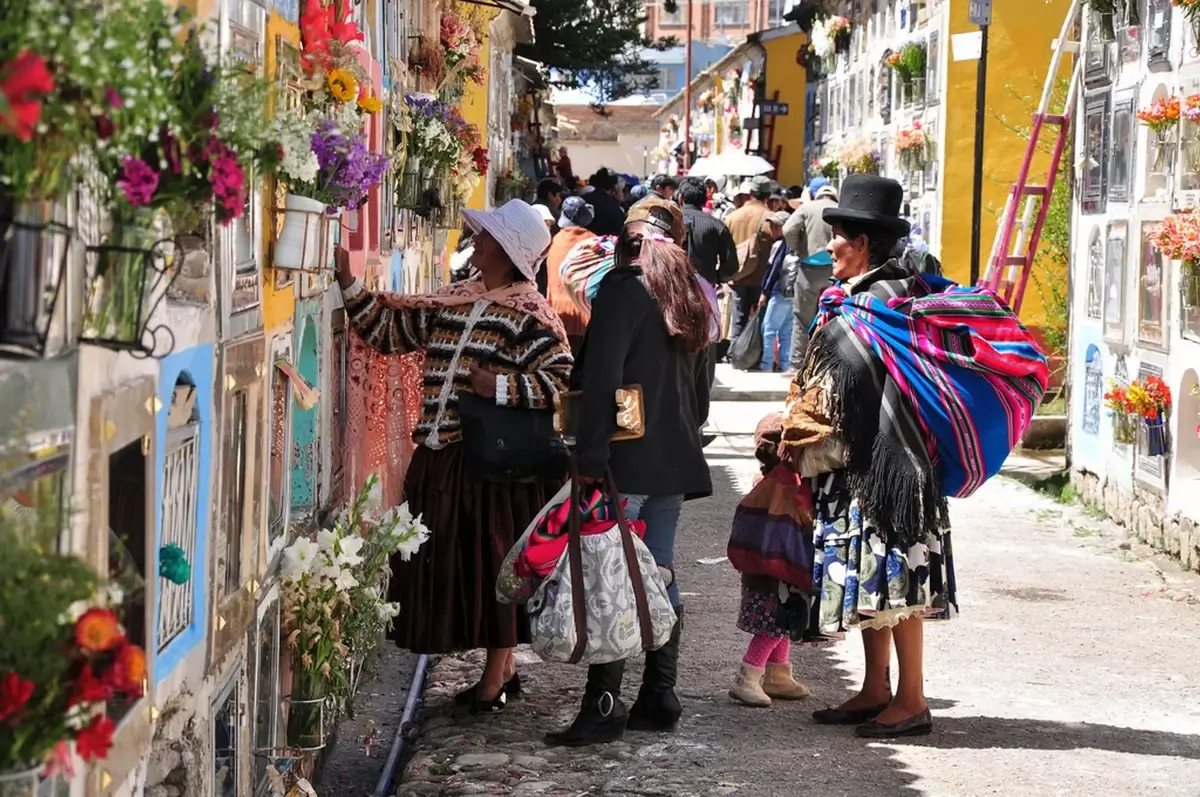
Day of the Dead in Bolivia (El Día de los Difuntos). Image: rove.me
24. Preserving the Tradition: Family Roles
The Day of the Dead is a tapestry of traditions kept alive through family roles and responsibilities. Each member, from the eldest to the youngest, participates in preparing the ofrendas, cooking family recipes, and sharing stories of those who have passed. It’s often the elders who teach the young the significance of each ritual, ensuring that the practice thrives through generations.
This fact shines a light on the social fabric of the festival, where familial bonds are strengthened in the act of collective remembrance. It’s a beautiful showcase of how cultural heritage is preserved, with each family member playing a pivotal role in the continuity of this profound celebration.

Image: helpr.me
25. The Education of Life and Death
The Day of the Dead provides a unique educational context where children learn about life and death in a manner that is far from morbid. Schools often participate by creating ofrendas, hosting parades, and encouraging the study of the festival’s history. This education goes beyond the academic, fostering an understanding of mortality as a natural, respected part of life.
This interesting fact reflects the holiday’s role in shaping perspectives on existence. Through this early education, children grow up with a balanced view of death, not as a fearful end, but as a meaningful point on the continuum of life, deeply rooted in Mexican culture.
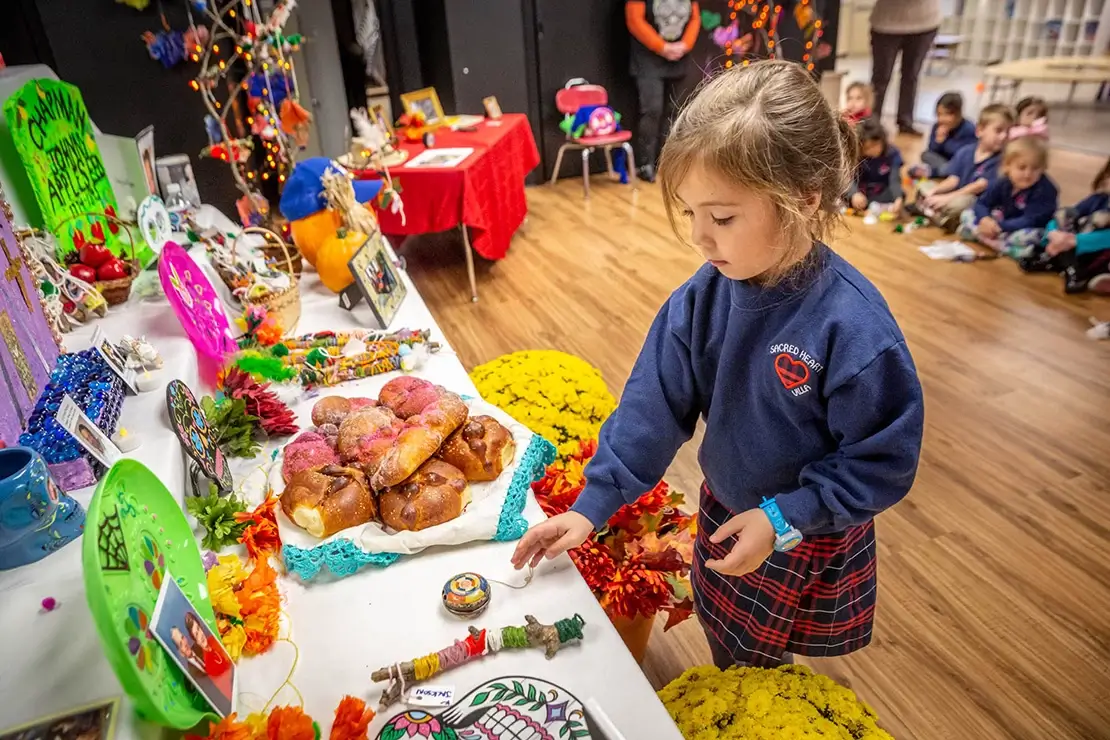
Image: archstl.org
FAQ
What are some fun traditions in Day of the Dead?
The Day of the Dead is packed with enjoyable traditions. People create vibrant altars called “ofrendas” to honor deceased loved ones, complete with photos, candles, and marigolds. Families visit gravesites to clean and decorate them, often spending the night in the cemetery, sharing food, stories, and music. Making and sharing “Pan de Muerto” (Bread of the Dead), crafting sugar skulls, and displaying “papel picado” are also central traditions. Parades filled with elaborate costumes, giant skeleton puppets, and face painting with skull designs add to the festive atmosphere.
How is Day of the Dead celebrated?
Day of the Dead is celebrated with a blend of reverence and festivity. Families build ofrendas in their homes or at cemeteries to welcome the spirits. They decorate these altars with flowers, candles, favorite foods, and personal belongings of the deceased. People paint their faces to look like skulls, wear traditional Mexican costumes, and gather for parades. It’s a time for communal remembrance, storytelling, and prayers, infused with music, dance, and sometimes even fireworks.
How old is Day of the Dead in years?
The Day of the Dead has origins tracing back to indigenous observances dating at least 2,500 to 3,000 years. It has evolved over time, incorporating Christian elements, particularly after Spanish colonization in the 16th century. In its current form, blending indigenous and Catholic traditions, it has been celebrated for several hundred years.
How much money is spent on the Day of the Dead?
Calculating the total money spent on the Day of the Dead can be complex due to its personal and regional variations. However, expenditures can include the cost of flowers, particularly marigolds, candles, offerings, food, costumes, and sometimes travel to the deceased’s burial site. It’s a significant economic event for many Mexican businesses, with millions spent annually on festive goods.
What does Day of the Dead symbolize?
The Day of the Dead symbolizes the return of the spirits of the deceased to the world of the living for a brief reunion with their families. It celebrates the cycle of life and death, emphasizing remembrance and the enduring bonds of love and family. The festival embodies the idea that death is not the end but a natural phase in life’s continuum.
Why do people dress up for Day of the Dead?
People dress up for Day of the Dead to honor the deceased and engage with the themes of life and death that the holiday embodies. Skull-themed face painting and traditional costumes are worn to represent the dead and to express the joy and respect for life. It’s a way to connect with the spirits and celebrate their memory in a festive, communal environment.
What countries celebrate Day of the Dead?
Day of the Dead is primarily celebrated in Mexico, where it originated. However, its popularity has spread, and observances now occur in various countries, especially where there is a large Mexican or Latin American community. This includes the United States, Guatemala, Brazil, Spain, and the Philippines, among others.
How long does Day of the Dead last?
The Day of the Dead is traditionally a two-day festival, beginning on November 1st with “Día de los Inocentes” (Day of the Innocents), dedicated to deceased children, and continuing on November 2nd with “Día de los Muertos” (Day of the Dead), for adults who have passed away. Some festivities may start or extend a few days earlier or later.
What are the colors of the Day of the Dead?
The Day of the Dead is known for its vibrant color palette. Orange, from the marigolds, symbolizes death; purple stands for mourning; pink represents celebration; white signifies hope and purity, and red symbolizes the blood of life. These colors are used in decorations, costumes, and ofrendas, creating a vivid environment during the festivities.
What is the Day of the Dead called?
The Day of the Dead is known in Spanish as “Día de Muertos” or “Día de los Muertos.” It’s a time when families come together to remember and celebrate their loved ones who have died, maintaining a connection across the divide of life and death. The name reflects the focus on the deceased and the celebration of their lives.


